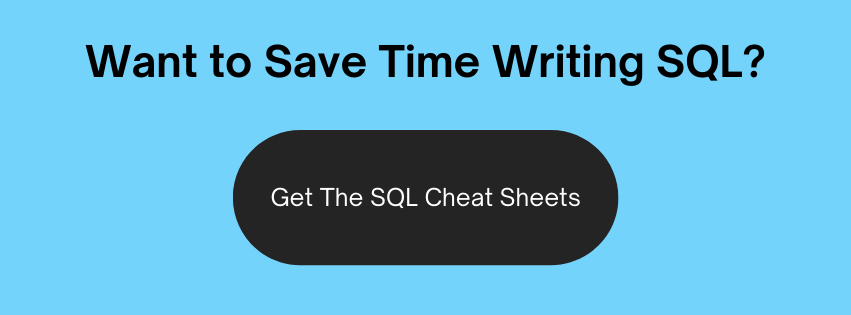PL/SQL Tutorial
Are you interested in learning PL/SQL?
You've come to the right place.
PL/SQL is not a hard language to learn, and with this tutorial, you'll be up and running quickly with writing your first PL/SQL program and moving on to more features of this language.
So, why should you read this tutorial when there's a lot of other tutorials, books, and videos out there?
- It's easy to follow.
- You'll start writing your first PL/SQL program very early, before reading a ton of pages on theory.
- It includes quiz questions and answers.
- It includes code samples which you can run yourself.
- It looks great.

Chapter 1 : What is PL/SQL and Your First PL/SQL Program
In this chapter you'll learn what PL/SQL is and what it's used for and the basic structure of PL/SQL code. You'll also write your first PL/SQL program. We'll show you how to do this early in the tutorial so you can get experience writing PL/SQL code.
Chapter 2 : Data Types and Variables
PL/SQL allows for variables to be created to hold data. We'll show you how to create variables and constants and how to include them and reference them in your PL/SQL code.
Chapter 3 : Conditions (IF THEN ELSE) and Loops.
This chapter will show you how to work with conditions in PL/SQL, which are done using IF THEN ELSE statements. You'll also learn how to use the different kinds of loops.
Chapter 4 : Procedures, Functions, and Exceptions
Procedures and functions are common objects that use PL/SQL code. You'll learn what they are and how to create them in this chapter. You'll also learn what exceptions are, how to create them, and how to handle them.
Chapter 5 : Cursors, Arrays, and Inserting/Updating Data
PL/SQL allows you to insert or update data using SQL, and you'll see examples of how to do that in this chapter. You'll also learn what cursors are, how to use them, and what arrays are.
Chapter 6 : Record types, Bulk Collect, and Collections.
Using record types in PL/SQL can improve your code and you'll learn what they are and how to use them in this chapter. You'll learn what collections are, the different types of collections, and what the BULK COLLECT feature is.
Chapter 7 : Packages and Nested Blocks
The final chapter will explain what nested blocks are and how to create them. You'll also learn what packages are, the difference between the specification and the body, why to use them, and how to create them.
Further Resources
If you've finished this tutorial and want more places to learn PL/SQL, check these out:
- Oracle Dev Gym: this website contains many quizzes for PL/SQL code which can help improve your knowledge and let you practice PL/SQL.
- Steve Feuerstein's PL/SQL blog: Steve's blog contains a range of great posts and tips on PL/SQL.
- StackOverflow questions: Read some of the older questions or try to answer some of the newer questions on PL/SQL.
